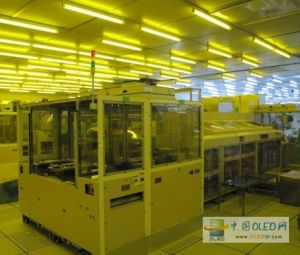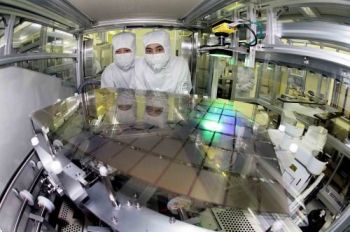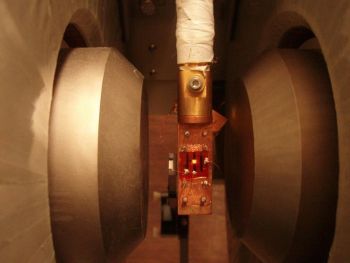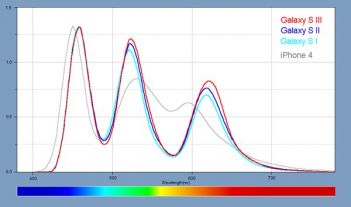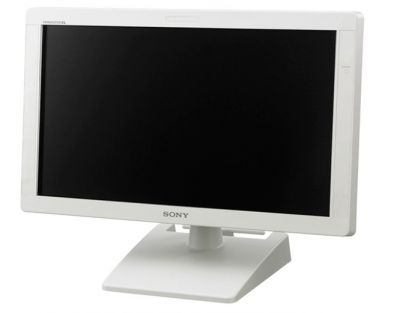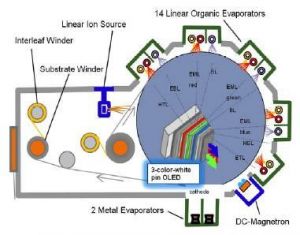Lumiotec announces new high CRI OLED lighting panels, targets museums
Lumiotec announced new "natural white" OLED lighting panels (P06 panels) that feature the world's highest color rendering index (Ra93*1, a CRI of over 90). This is very close to natural light, and Lumiotec targets high-end retailers and museums. The panels come in five different sizes (up to 14.5x14.5 cm in size) and cost between ¥13,000 ($165) and ¥40,000 ($508).
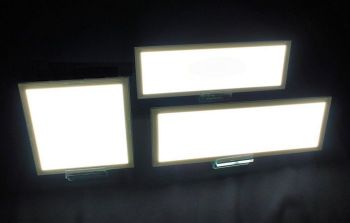
The panels feature an efficiency of 28 lm/W, and Lumiotec told us that they use a hybrid design, comprising of both fluorescent and phosphorescent materials (provided by UDC). We do not know what is the exact mix. Lumiotec signed their license agreement with UDC back in April, and are already producing pure-phosphorescent panels, the P5, which feature 40 lm/W.




